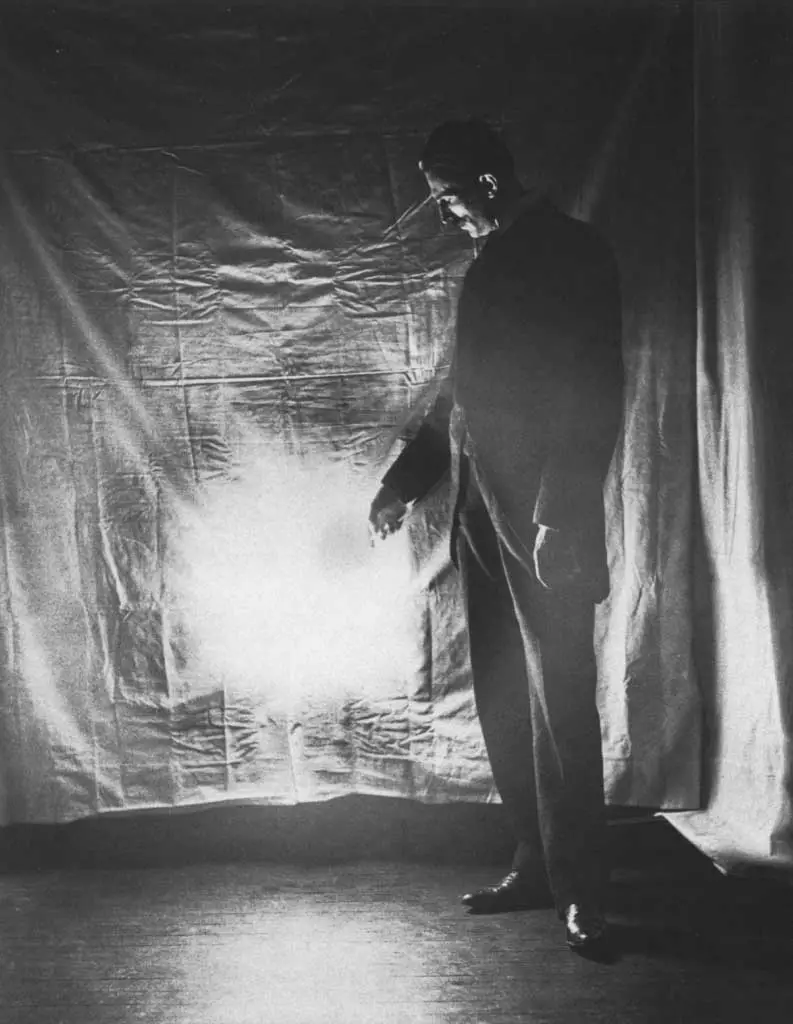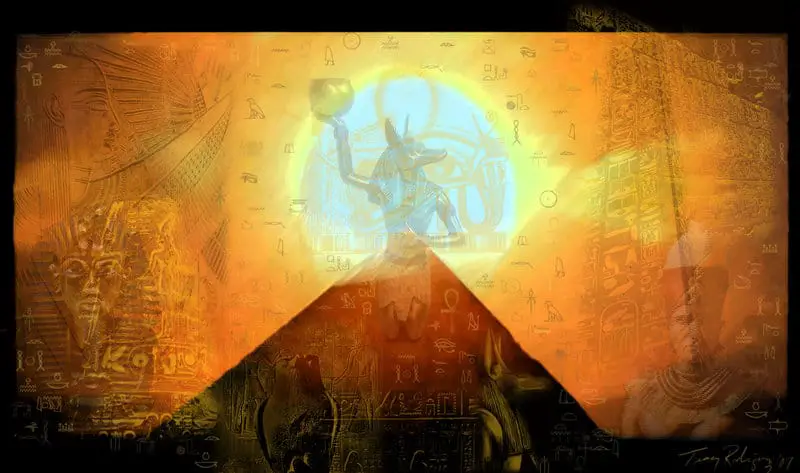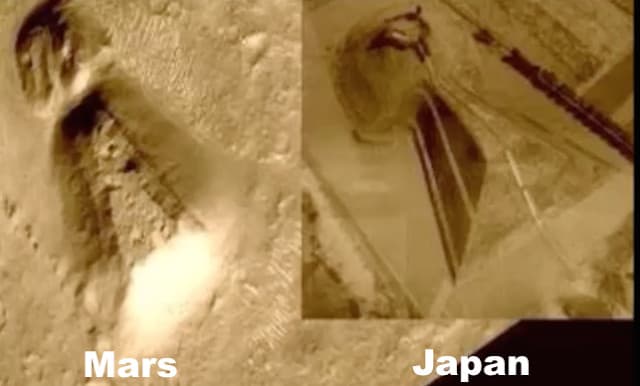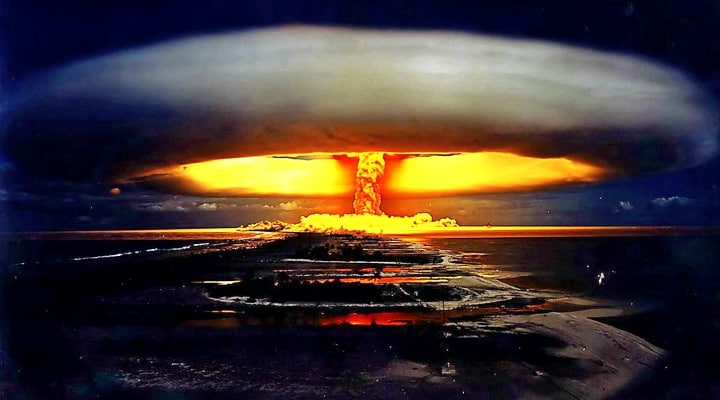
Our planet is filled with incredible stories, myths, and legends about incredible civilizations and cultures that inhabited Earth tens of thousands of years ago, before written history.
Among all these fascinating legends, including Atlantis, Lemuria, Mu, and Shambala among others, there is one especially suggestive for which the ancient Greek historians were interested.
It was the so-called land of Hyperborea, which was said to rival the mythical Atlantis. A place in which, according to the myths, the gods who descended from heaven lived, a place of incredible prosperity, technology, and history.
This mythical land is said to have been like no other. Hyperboreans were said to have been immortal, in addition to being described as Gods. Hyperborea was said to have been a theocracy ruled by three priests of the god Apollo.

Furthermore, the god Apollo drove his flying vehicle to this region every nineteen years to rejuvenate.
It is also said that Medusa was banished to those lands. Various fragments about Pythagoras claimed that he came from the Hyperboreans.
Located far to the north, somewhere near the icy regions of the North Pole, the legends speak of an ancient and almost forgotten civilization.
Mythical in character, it is said that the Hyperborean civilization flourished in the northernmost region of planet Earth at a time when the area was suitable for human life and development.
Certain esoteric systems and spiritual traditions speak of Hyperborea as the terrestrial and celestial principle of civilization. In other words, the home of the ancient people. The original human.
Some authors have even proposed several theories suggesting that Hyperborea was the original Garden of Eden, the exact place where the earthly planes and celestial planes meet.
The land was described in a number of legends as being the perfect place on Earth, hence its connection to the Garden of Eden.
Hyperborea is said to have been a land where the Sun shone twenty-four hours a day.
Greek Mythology and the Hyperboreans
It is in Greek Mythology where we find a lot of details about this mythical land. According to Greek literature, Hyperborea was a place inhabited by a race of Giants who were described as living in a place ‘beyond the north wind’.
The Ancient Greek believed that Boreas, the God of the North Wind inhabited Thrace, and therefore Hyperborea was commonly referred to as a place located far to the north of Thrace.
As the Greek described Hyperborea as a place where the Sun shone twenty-four hours a day, modern authors have suggested they may have described a location within the North Circle of our planet.

However, some authors argue that Hyperborea had no actual location. According to Pindar, a Greek poet:
neither by ship nor on foot would you find
the marvelous road to the assembly of the Hyperboreans.
Pindar also described the otherworldly perfection of the Hyperboreans:
Never the Muse is absent
from their ways: lyres clash and flutes cry
and everywhere maiden choruses whirling.
Neither disease nor bitter old age is mixed
in their sacred blood; far from labor and battle they live.
But it is Greek historian Herodotus who describes this incredible place with detail in his book Histories (Book IV, Chapters 32–36).
Herodotus reported three initial references that apparently mentioned the Hyperboreans, including Hesiod and Homer, the latter purportedly having written about Hyperborea in his lost work Epigoni.
Herodotus also recorded that the 7th-century BC poet Aristeas wrote of the ancient Hyperboreans in a poem (now regrettably lost) called Arimaspea which speaks about a journey to the Issedones, who are thought to have lived in the Kazakh Steppe.
Beyond these lived the one-eyed Arimaspians, further on the gold-guarding griffins, and beyond these the Hyperboreans.
Herodotus thought that Hyperborea prevailed somewhere in Northeast Asia.
So, if Hyperboreans did exist, where was it located then? Different sources indicate different locations.
Some authors argue that the ancient Hyperboreans were located somewhere beyond the snowy Riphean Mountains–a mountain range mentioned by various authors of classical antiquity but whose locations remains a profound mystery. (The Montes Riphaeus mountain range on Earth’s Moon is named in honor of the Riphean Mountains.)
If we take a look at the work of Pausanias: “The land of the Hyperboreans, men living beyond the home of Boreas.”
According to Homer, Boreas was in Trace, so Hyperborea was in his opinion north of Thrace, in Dacia.
But, as the Riphean Mountain’s location was a heavily discussed topic in ancient time, it was a difficult task to agree on the location of both the mountains and the land where the Hyperboreans lived.
According to Hecataeus of Miletus, an early Greek historian, and geographer, the Riphean Mountains were located near the Black Sea. Pindar, however, was convinced that the Ripehean Mountains and Borea was located near the Danube, while Heraclides Ponticus and Antimachus, in contrast, identified the Riphean Mountains with the Alps. They were also convinced that the Hyperboreans were a Celtic tribe who lived beyond the Riphean Mountains.
Hyperborea was also identified as Britain by Hecataeus of Abdera in the 4th century BC. In a fragment by Diodorus Siculus we read:
“In the regions beyond the land of the Celts there lies in the ocean an island no smaller than Sicily. This island, the account continues, is situated in the north and is inhabited by the Hyperboreans, who are called by that name because their home is beyond the point whence the north wind (Boreas) blows; and the island is both fertile and productive of every crop, and has an unusually temperate climate…”
Plutarch, on the other hand, wrote in the first century AD that the Hyperboreans were most likely the Gauls, who attacked and sacked Rome in the Fourth century BC.
Legends speak of mighty ancient civilizations
To the ancient Greek and Romans, Thule and Hyperborea were one of several terrae incognitae, regions that have not been mapped or documented.
In these uncharted lands, Pliny, Pindar, and Herodotus among others believe that people lived incredible longevous lifespans, surpassing the age of one thousand years.
According to a number of ancient authors, the sun supposedly rose and set only once a year, meaning that if such civilization existed, it was most likely located above or on the arctic circle.

The Hyperboreans were allegedly once on the verge of war against a race of soldiers which many authors suggest may have been the Atlanteans. However, the war never happened as the soldiers realized the inhabitants of Hyperborea were far too strong.
This account was preserved by Aelian–a Roman author and teacher of rhetoric. Some beleive the account by Aelian was a work of satire or comedy
Featured Image Credit: Julian Faylona. Posted with permission.






